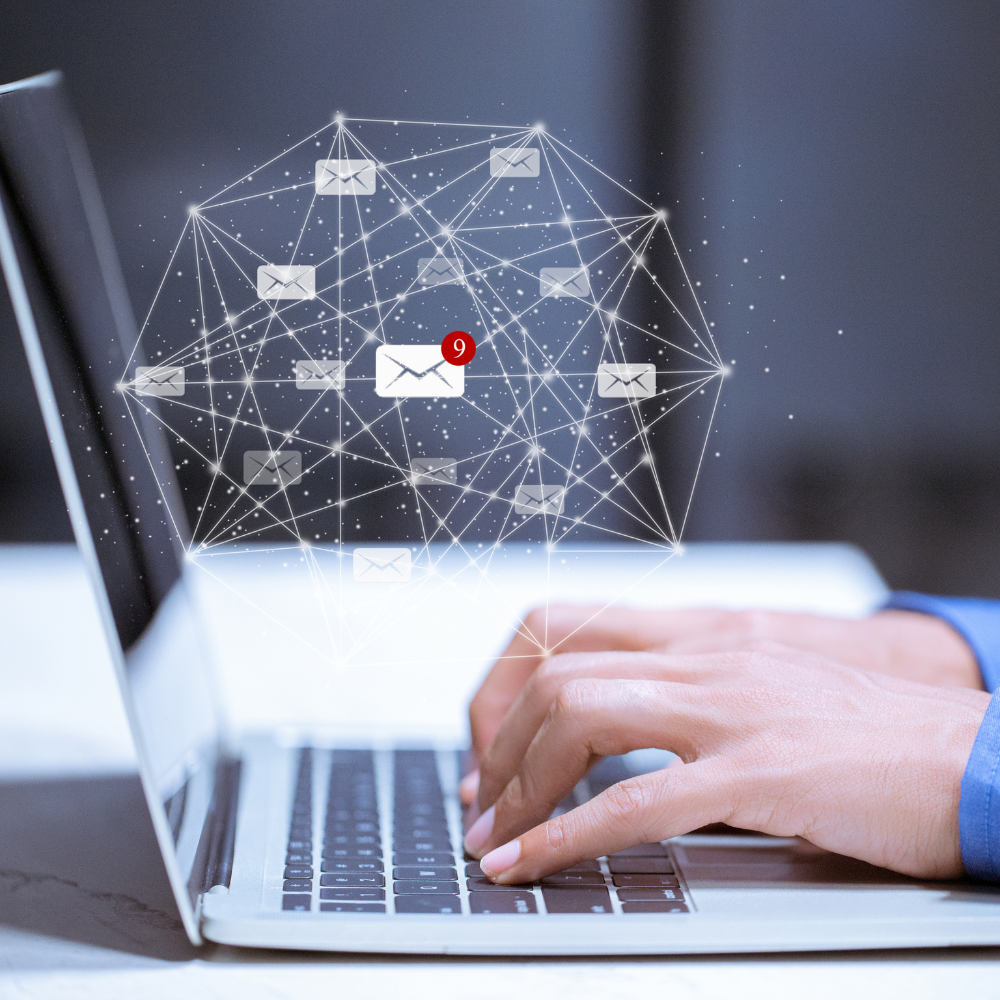Acknowledging the role of lead generation speciali

Email marketing is a significant element in B2B sales and has always been a critical driver of sales and success. This effective channel connects businesses and clients to interact with each other and nurture relationships for business purposes. It is undeniable that email marketing plays a crucial role in making B2B sales campaigns successful. It is the most effective and potential way to communicate with prospects and convert them into final consumers.
Apart from this, email marketing is a direct line of communication between partners, collaborators, clients, and peers. A well-designed email can create interest, drive conversions, and nourish long-term relationships with prospects. Furthermore, the power of email marketing is not just about designing and sending emails; it is also about sending the right message or content to the right people at the right time. This is where the importance of email list segmentation comes into the picture.
This blog will highlight the symbiotic relationship between email marketing and email list segmentation. Also, this will dive deeper into the most underestimated factor: data quality. This element seems light but is the foundation of a successful email marketing campaign.
What is email list segmentation?
Email list segmentation is a strategic approach in email marketing under which a marketer divides their email subscribers into small segments or groups based on specific criteria. These segmentation criteria include demographics, behavioral characteristics, choices and preferences, and other relevant factors. The initial purpose of segmenting emails is to send more targeted and customized email content to customer groups. Instead of sending one fit-for email to every prospect, email segmentation facilitates personalization in emailing per unique characteristics and interests. This ultimately enhances the quality and outcome of your email marketing campaign.
How does segmentation improve email marketing campaigns?
Increased relevance
When applying email segmentation to your email marketing campaign, you can tailor your content and emailing to be highly effective, relevant, and targeted. The benefit of increasing relevance will be reflected when your clients are more likely to engage with your emails.
Higher engagement rates
Well-segmented emails usually result in higher conversion and engagement rates than non-segmented emails. Subscribers are more likely to revert or act when email speaks about their needs and preferences.
Better customization
Email segmentation strategy lets you customize your emails and content by adding more elements such as addressing clients with their names, discussing their past interactions or services taken, and instancing about products or services that are per their preferences.
Optimized timing
Sending emails on time is also streamlined with email segmentation. You can send promotional emails to a group of clients at one time and informative content to the same email list at another time.
The various email segmenting criteria include demographic data such as name, age, gender, contact information, job title, and company name. Behavioral segmentation criteria include how users will interact with emails and related content. It has factors such as past conversations, past purchasing history, browsing behavior, and others. Intent segmentation includes identifying users interested in your services, such as downloading brochures and whitepapers.
The segmentation criteria vary and depend on the objectives and nature of the email marketing campaign. Still, the overarching goal is to provide subscribers with a more personalized and valuable experience.